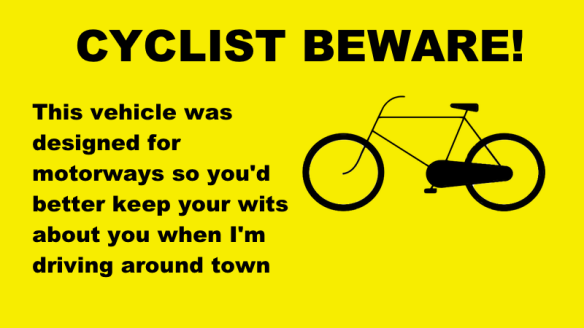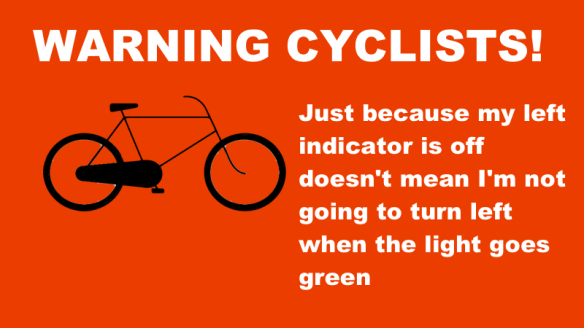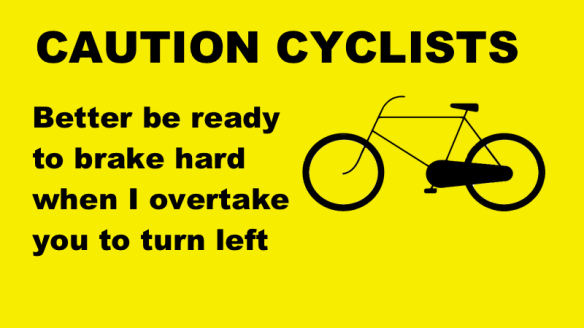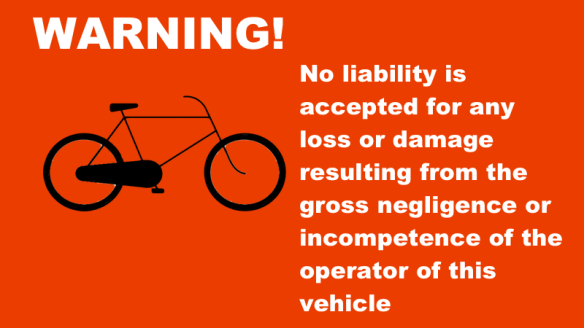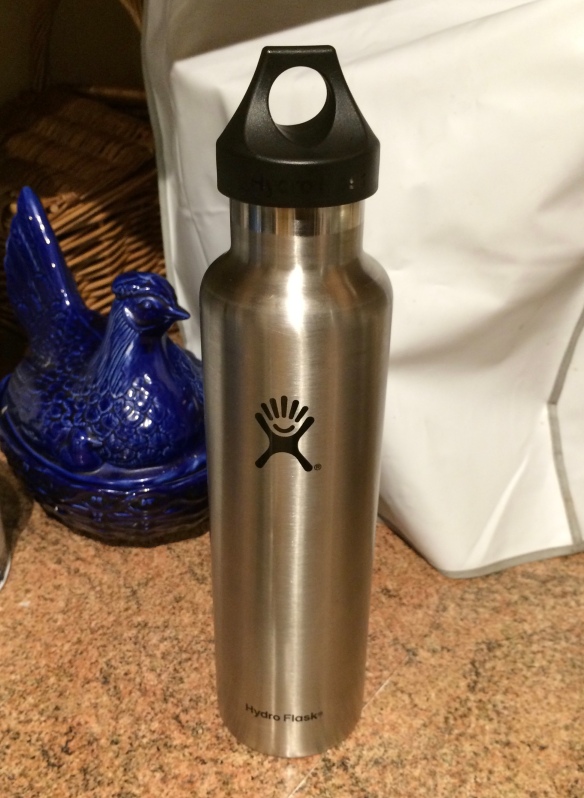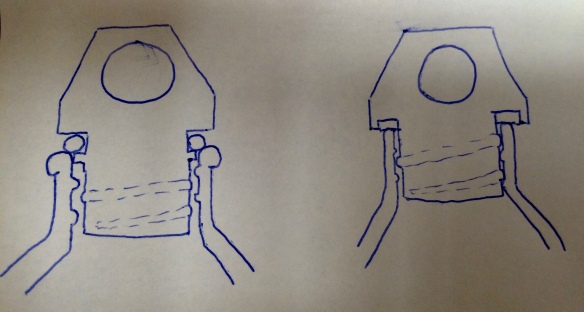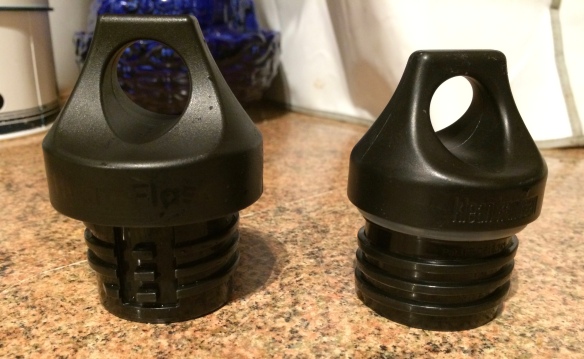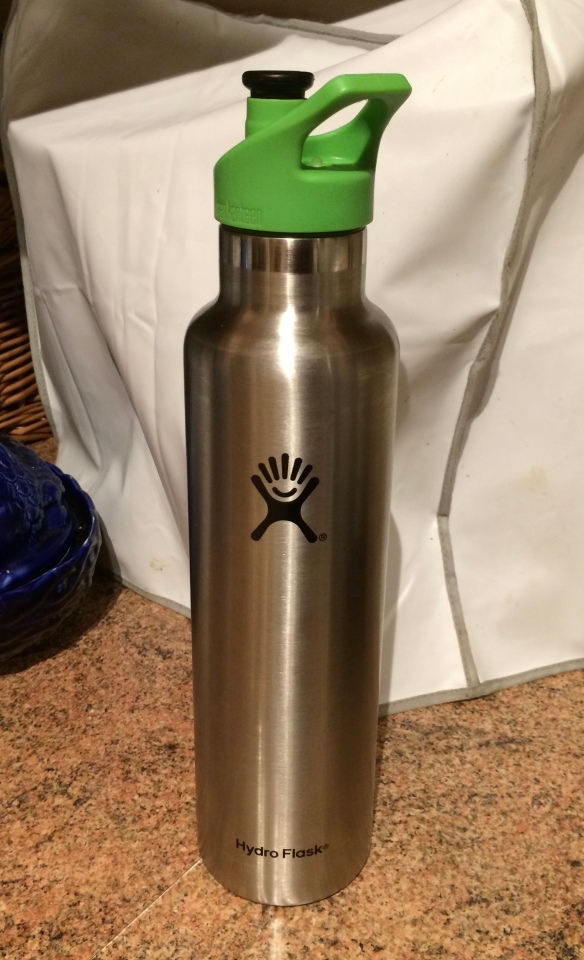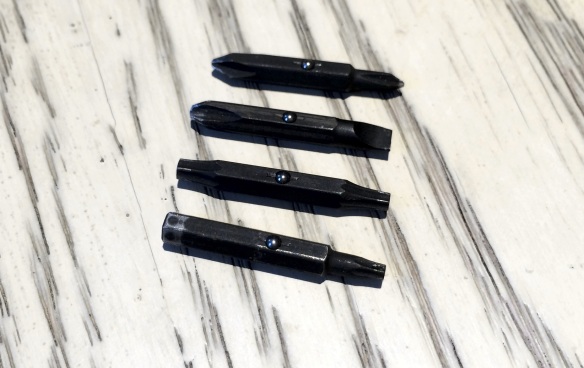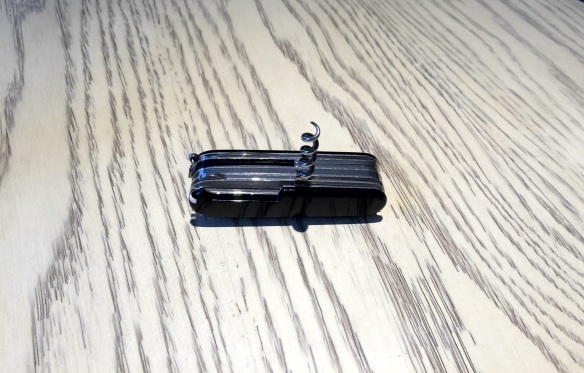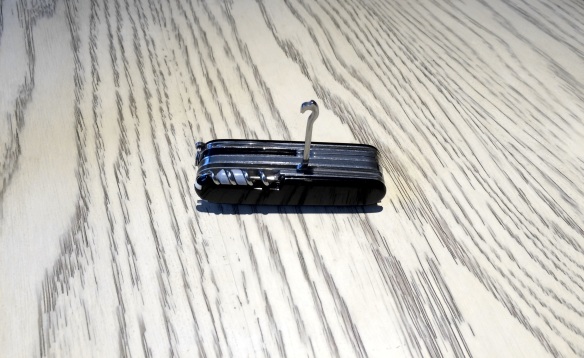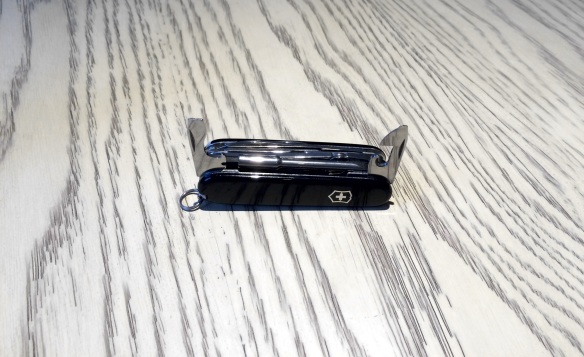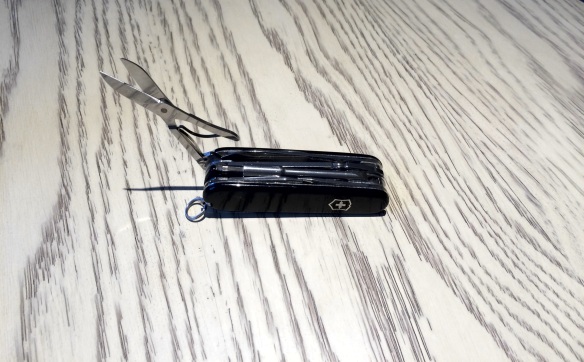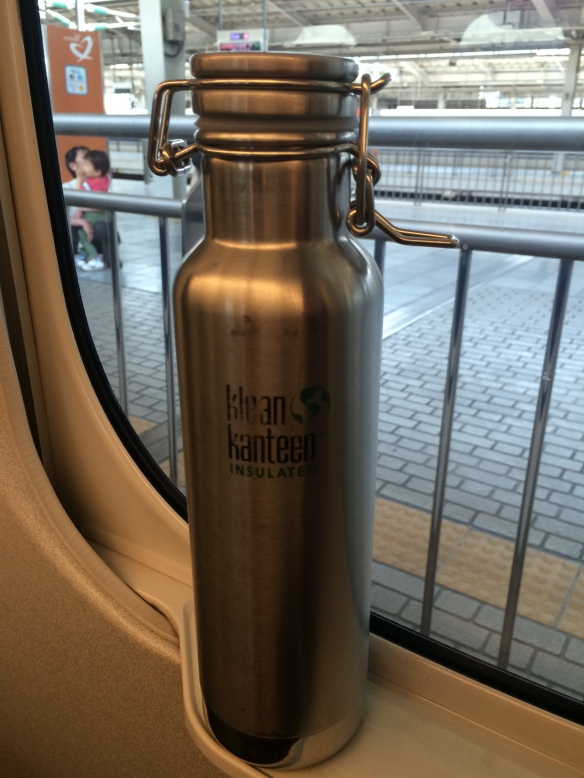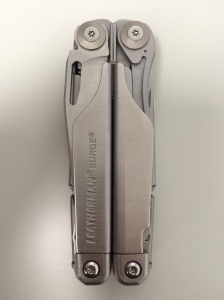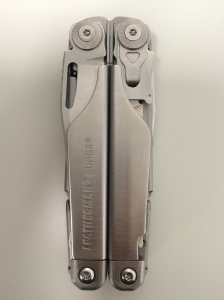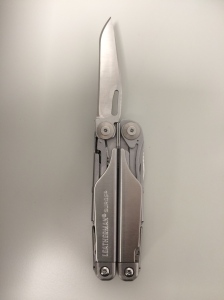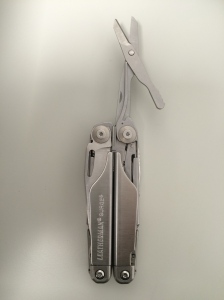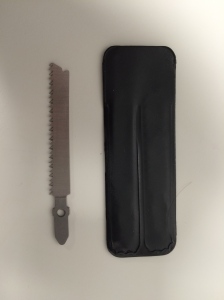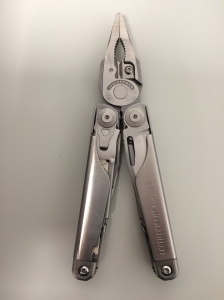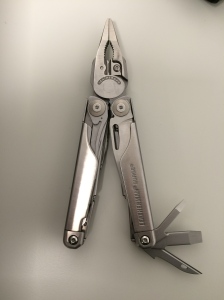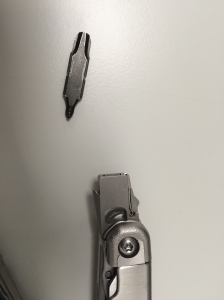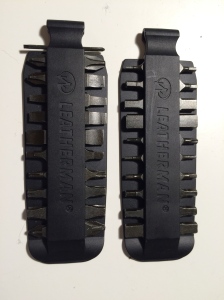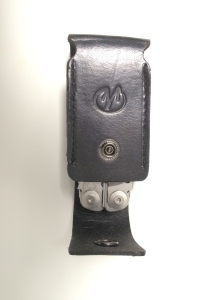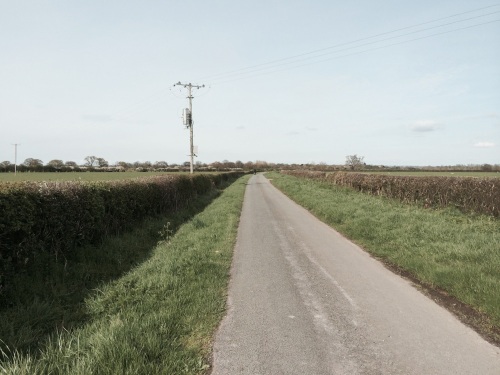Back in June I received my Riutbag R15 and i have been using it as my go-to backpack ever since. Riutbag are a company descended from a Kickstarter to make a backpack which is only accessible through the back panel, meaning that it is extremely theft-resistant when worn. The company states that Riut is pronounced “riot’ and stands for “revolution in user thinking.” This is probably the only thing I really dislike about this bag, as it feels excessively wanky and corporate for a company which started out as a Kickstarter.
The bag appealed to me for two reasons; firstly I frequently travel for work and I am often unsure of what to expect with regards to petty crime in the places I visit and secondly, the bottle pockets looked perfect for my Klean Kanteen Insulated 591ml which I usually have with me. Since June, in addition to numerous day trips in the UK, the Riutbag has come with me to Kunming in China, Copenhagen and various cities (and crappy industrial towns) in Japan. Other than finding it unpleasant to wear when severely overloaded (two laptops, 500 ml water and work tools) I have been extremely happy with the bag.

The outward facing side is plain, but does not draw unnecessary attention to its unusual design. The bottom is a waterproof plasticy material, so that the bag is less likely to absorb water if put on wet ground.

When taken off, the back panel can be unzipped and folded out. There is also a small pocket at the top and two small pockets in the straps. The pockets in the straps are a bit of a disappointment because the contents are on the wrong side of the strap padding, so anything hard will dig into your body.

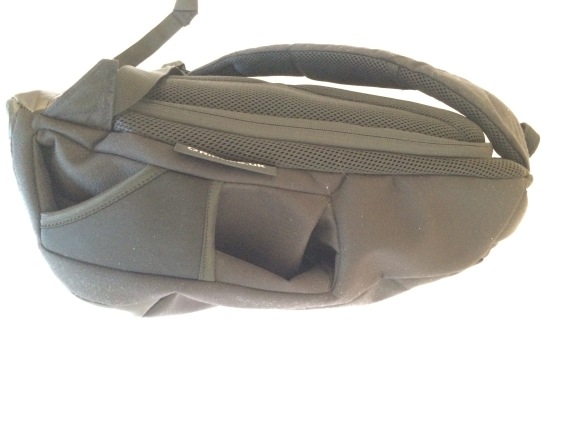
The R15 has a bottle pocket on either side (other than capacity, this is the main thing distinguishing it from the R10). Unlike most backpacks, the bottle pockets take space away from the inside of the bag, but they give the bag a certain sleeknesss which it would otherwise lack. The recessed bottle pocket design also retains the bottle very well and as mentioned earlier, will comfortably fit a 591ml Insulated Klean Kanteen bottle (the 946ml will also fit, but is a bit tight).

The R15 is not a massive backpack, but it is large enough to be a practical day-pack for me. Shown here, the bag has a coat, jumper, headphones, 3DS, 13-inch laptop, bottle and numerous other small items in it.
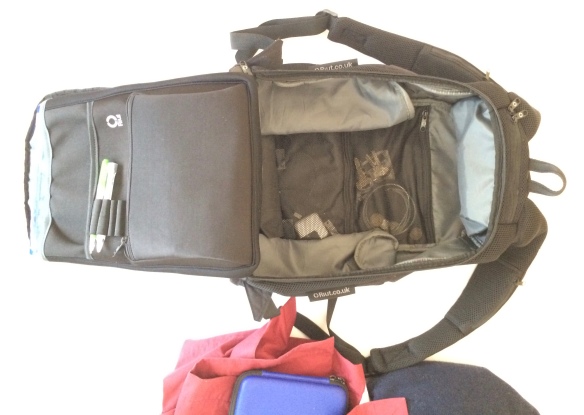
At the back of the main compartment are two mesh zipped-pockets for small items.
The back panel is well organised, with two open pockets (the large one has retaining straps for a laptop, so it would not slide out when the bag is opened up like this) and a smaller zipped pocket. The zipped pocket has a small business-card sized pocket inside it. The outside of the middle pocket has pen holders.
The R15 construction is very good. It mostly consists of a mildly padded, thick Cordura type fabric, with some neoprene also used where appropriate. There are some really nice details, such as the elastic loops on the end of the straps which allow any excess strap to be folded away rather than left dangling. There is a small loop on the top of the bag which I assume is designed for hanging the bag from a hook, due to the presence of a much larger, padded handle adjacent to it. The design of the bag is updated based on user feedback, if you were to order an R15 today, it would not be quite the same as mine.
As this is primarily a cycling blog, I have tried cycling with the bag on whilst on a hire bike in Copenhagen. The R15 is not any worse to cycle with than any other backpack, but of course under most circumstances anyone who is not extremely silly would use pannier bags to carry stuff when on a bike.
Based on the past five months, I would recommend the Riutbag R15 to anyone looking for a versatile and secure day-pack.




